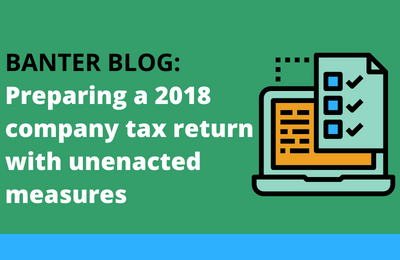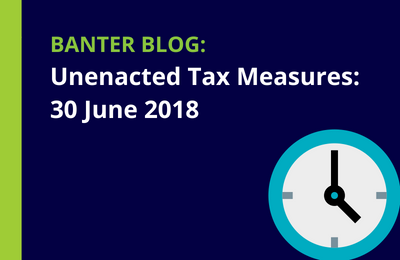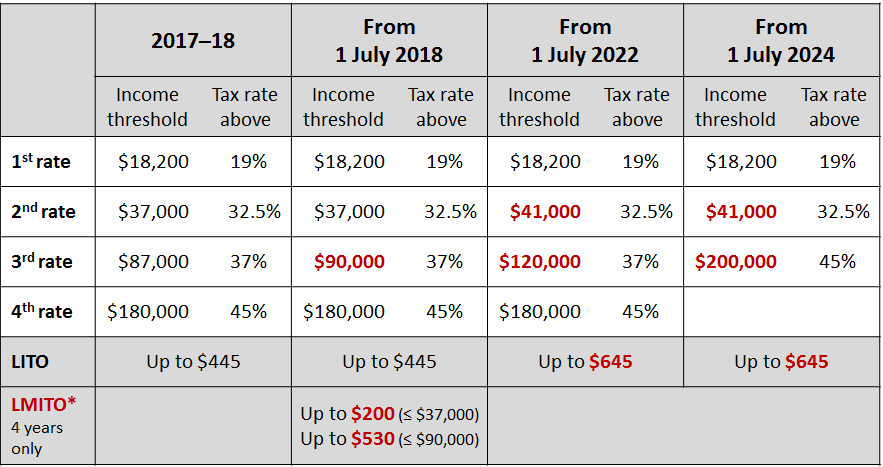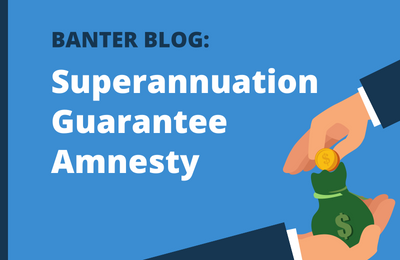[print-me]
Background
On 24 May 2018, the Government announced a one-off, 12-month Superannuation Guarantee Amnesty (the Amnesty), and introduced legislation into Parliament, which allows non-complying employers to self-correct any unpaid superannuation guarantee (SG) amounts dating back to 1992. The amending legislation remains before the Senate, so the Amnesty does not yet have the force of law.
Note
For the sake of space and expression, the proposed Amnesty will be hereafter referred to as simply ‘the Amnesty’.
Even though the Amnesty is not yet law, a number of technical questions have arisen since the Amnesty was announced and the Bill was introduced into Parliament — this blog clarifies these issues.
Note
This blog will not repeat in detail the technical content of our previous discussion on the SG Amnesty. For an explanation of the workings of the SG Amnesty please see our previous blog posted on 13 June 2018.
Overview of current SGC components
Under s. 17 of the Superannuation Guarantee (Administration) Act 1992 (SGAA), if an employer has one or more individual SG shortfalls for a quarter, the employer is liable for the SG charge (SGC) comprising:
- the total of the employer’s individual SG shortfalls (based on total salaries and wages not ordinary times earnings) for the quarter;
- the nominal interest component for the quarter (imposed at the rate of 10 per cent calculated from the start of the quarter); and
- the administration component for the quarter (being $20 per employee per quarter).
The employer is also liable for:
- a Part 7 penalty for failing to lodge an SG statement, equal to double the amount of the SGC, i.e. 200 per cent of the SGC payable (the penalty may be partially remitted); and
- the general interest charge (GIC) on the unpaid amount.
Further, aside from the GIC, any amounts payable are non-deductible including the Part 7 penalty.
Questions on the SG Amnesty
For how long is the Amnesty available?
Subject to the passage of legislation, the Amnesty will be available from 24 May 2018 to 23 May 2019.
What period is covered by the Amnesty?
The Amnesty applies to previously undeclared SG shortfalls for any quarter from 1 July 1992 to 31 March 2018. The Amnesty does not apply to the quarter starting on 1 April 2018 or subsequent quarters.
What concessional treatment does an employer receive if they make a disclosure to the ATO under the Amnesty?
Employers who voluntarily disclose previously undeclared SG shortfalls during the Amnesty period and before the commencement of an audit of their SG will:
- not be liable for the administration component and penalties that may otherwise apply to late SG payments; and
- be able to claim a deduction for catch-up payments made in the Amnesty period.
Employers will still be required to pay all employee entitlements, including:
- the unpaid SG amounts owed to employees;
- the nominal interest; and
- any associated GIC.
What happens if an employer makes a disclosure to the ATO while the Amnesty does not yet have the force of law?
If the legislation is enacted
If the legislation is enacted, the Amnesty will apply retrospectively once enacted (i.e. from 24 May 2018), and the concessional treatment outlined above will be available to the employer if they disclose and pay during the period starting 24 May 2018 and ending on 23 May 2019.
In the meantime …
The deductibility and removal of the administration component proposed in the Amnesty depend on the passage of legislation. Until this occurs, the current law applies which means that:
the administration component of the SG charge remains legally payable; and
deductions cannot be claimed.
The ATO will not require payment of the administration component until the outcome of the legislation is known.
If the legislation is not enacted
If the legislation is not enacted, and an employer has made a disclosure to the ATO on or after 24 May 2018:
any self-assessments that anticipated the new law will need to be amended to include the administration component (employers will be required to pay the administration component);
any contributions and payments made under the Amnesty will not be tax-deductible; and
Part 7 penalties will be imposed but may be remitted by the ATO.
Employers will not be able to receive a refund for payments made under the Amnesty if the law does not pass, as these amounts were always payable under the existing law.
What happens if the employee is now 75 or over or 65–74, and doesn’t pass the work test?
Consider the situation where the employee was less than 65 years, or was 65–74 and passed the work test (set out in item 2 of the table in Reg. 7.04(1) of the SIS Regs) in the income year that the employer should have correctly paid the SG contributions, but is now 75 or more, or is 65–74 and does not satisfy the work test, in the 2018–19 income year, when the employer makes an Amnesty payment. The individual may or may not still be employed by the employer. This could affect whether the superannuation fund is able to accept the contribution.
The amending Bill does not contain any amendments to the characterisation or treatment of payments made under the Amnesty; they are payments of SGC (if paid to the Commissioner) or contributions to a complying superannuation fund (if paid directly to the fund). Both of these options will meet the definition of mandated employer contributions for the purposes of a fund’s ability to accept contributions for a member aged 75 or more, or 65–74 where the work test is not satisfied.
Regulation 5.01 of the SIS Regs defines mandated employer contributions to relevantly include contributions made by an employer that:
- reduce the employer’s potential liability for SGC;
- are payments of shortfall components.
Where an employer makes a payment under the Amnesty:
- directly to a superannuation fund — they are making contributions and claiming the late payment offset under s. 23A of the SGAA. The contributions reduce their ‘potential liability for SGC’ and fall within the first point above; and
- to the ATO — these are ‘payments of shortfall components’ under Part 8 of the SGAA and fall within the second point above.
In other words, Amnesty payments are mandated employer contributions so the age of the employee or their circumstances will not prevent the superannuation fund from accepting Amnesty payments.
Note
Where an employer has made a payment to the ATO under the Amnesty and the employee is over 65, the employee can request the ATO pay these amounts directly to them under s. 65A of the SGAA. If this occurs, the ATO will manage the payment in line with other ATO-held superannuation, which can be applied for via myGov or downloadable forms.
What happens if the employee is now a non-resident?
Consider the situation where the employee is a non-resident for tax purposes in the 2018–19 income year, when employer makes an Amnesty payment. It is assumed in this discussion that the individual is no longer employed by the employer. This will affect how the ATO manages the Amnesty payment.
If the employee was originally a non-resident
As mentioned above, the Bill does not amend the characterisation of the Amnesty payment.
If the employee was a former temporary resident, the Amnesty amount paid to the ATO is treated as though it were paid as unclaimed money under s. 65AA of the SGAA. In this case, the ATO can pay this amount directly to the employee as a departing Australia superannuation payment (DASP). For more information on DASPs, see the ATO’s fact sheet (QC 24169).
If the employee was originally a resident
If the employee was not a former temporary resident, the ATO will need to pay the amount to a complying superannuation fund for the employee, or to the Superannuation Holding Accounts Special Account (SHASA) if the ATO cannot identify a fund for the employee. If the amount is paid into the SHASA, the employee will only be able to request direct payment of the amount in certain circumstances including if the employee is over 55.
The ATO will take steps to identify a superannuation fund for the employee, or information for direct payment where appropriate. The employee may provide information to facilitate this process.
Note
Amnesty payments made to the ATO will be deductible to the employer (provided they are made in the Amnesty period) irrespective of whatever ultimately happens to the amounts once they reach the ATO.
What happens if the employee is now deceased?
Consider the situation where the employee was alive in the income year that the employer should have correctly paid the SG contributions but is now deceased by the 2018–19 income year, when employer makes an Amnesty payment. This will affect how the ATO manages the Amnesty payment.
Notwithstanding that the employee is now deceased, the employer remains liable for the SGC for a shortfall that relates to a deceased employee (see ATO ID 2014/31). This is because s. 15B of the SGAA (from 1 January 2006) extends the application of s. 19 of the SGAA to treat former employees as employees. The SGAA does not define former employee so the term takes its ordinary meaning. It is therefore possible for a deceased employee to meet the common law meaning of former employee.
Further, the death of an employee subsequent to when the original SG shortfall arose doesn’t prevent the employer from being eligible for the Amnesty in respect of that employee.
Where an employer pays the SGC to the ATO, and the relevant employee is deceased, the ATO pays the money directly to the employee’s legal personal representative (LPR) in accordance with s. 67 of the SGAA. Accordingly, where an employer makes an Amnesty payment to the ATO in respect of a now deceased employee, the ATO will pay the amount directly to the employee’s LPR.
Note
Under s. 23(9A) of the SGAA, a contribution made to the LPR of a deceased employee is taken to have been a contribution made by the employer to a complying superannuation fund for the benefit of the employee.
Reopening the estate — How is the Amnesty payment managed by the LPR?
Generally, once a deceased estate has been fully administered and closed, it stays that way. However, there are times when an estate must be reopened, such as when more assets are discovered. This is one of those situations … even if the deceased estate was fully administered many years before the Amnesty payment is received by the LPR. No time limits apply on reopening a deceased estate.
Once the LPR receives the Amnesty payment from the ATO, the LPR will need to refer to the Will of the deceased to determine who is entitled to the amount.
Any binding death benefit nomination (BDBN) made by the deceased will be irrelevant because a BDBN constitutes instructions to the trustee of a superannuation fund as to where the death benefits should be paid by the trustee of the fund. In this case, the Amnesty payment bypasses the superannuation fund and is paid directly to the LPR.
What is the tax treatment of the payment to the LPR?
An amount paid to the LPR of the deceased under s. 67 of the SGAA is a superannuation death benefit (item 7 of the table in s. 307-5 of the ITAA 1997), even though it is paid directly to the LPR and not the superannuation fund.
Section 302-10 of the ITAA 1997 sets out the treatment of the superannuation death benefit that the LPR receives in their capacity as LPR.
| To the extent that… |
…the beneficiary is a death benefits dependant of the deceased |
…The beneficiary is not a death benefits dependant of the deceased |
| Treatment of superannuation death benefit under s. 302-10 |
The benefit is treated as if it had been paid to the LPR as a person who was a death benefits dependant of the deceased.
No one is taken to be presently entitled to that amount which has the effect of making the LPR the relevant taxpayer. |
The benefit is treated as if it had been paid to the LPR as a person who was not a death benefits dependant of the deceased.
No one is taken to be presently entitled to that amount which has the effect of making the LPR the relevant taxpayer. |
| Tax treatment of the benefit |
The benefit is neither assessable income nor exempt income of the LPR (under s. 302-60).
i.e. the Amnesty payment is tax-free to the LPR. |
The taxable component of the benefit is assessable income of the LPR (under s. 302-145).
i.e. the Amnesty payment is taxable to the LPR.
The LPR will be entitled to a tax offset that ensures that the rate of tax on the elements taxed and untaxed in the fund does not exceed 15 per cent and 30 per cent respectively. |
The detailed tax treatment of superannuation death benefits is beyond the scope of this blog.
Important
The definition of a death benefits dependant is set out in s. 302-195(1) of the ITAA 1997 and means:
- the deceased person’s spouse or former spouse; or
- the deceased person’s child aged less than 18; or
- any other person with whom the deceased person had an interdependency relationship under s. 302-200 just before they died; or
- any other person who was a dependant of the deceased person just before they died.
The Commissioner notes in TD 2013/12 that paras. (c) and (d) above require the relationship to which they refer to exist just before the deceased person died. However, paras. (a) and (b) do not refer to the time as at which a person’s satisfaction of either of those paragraphs is tested.
Clarification of this issue is important because an employer may make an Amnesty payment to the ATO which is then paid to the LPR, and the LPR will need to determine whether the payment is tax-free (if it is taken to be made in respect of a beneficiary who is a death benefits dependant) or taxable (if it is taken to be made in respect of a beneficiary who is not a death benefits dependant). A beneficiary may have been a death benefits dependant at the time of death (e.g. because they were 16 years of age) but is no longer a death benefits dependant by the time the LPR receives the Amnesty payment from the ATO (e.g. because they are now 21 years of age).
The Commissioner’s position (at para. 5 of TD 2013/12) is that:
… on the basis that the definition of a ‘death benefits dependant’ relates to ‘a person who has died’, the relevant time as at which a person’s satisfaction of either of paras. (a) or (b) of that definition is to be tested is logically related to the time the deceased person died.
This means that the time at which the LPR determines whether or not the beneficiary is a death benefits dependant (which will determine the tax treatment of the payment) is just before the deceased person died not at the time of the Amnesty payment.
What if the employee’s LPR is now deceased?
The ATO will generally pay the amount to the LPR of the LPR. However, in Victoria, this is only in the case of executors (see s. 17 of the Administration and Probate Act 1958 (Vic)), i.e. executor of executor, not executor of administrator or vice versa. Further, this is only in the case of the death of a sole executor.
This is also subject to the terms of the Will (i.e. does the Will set out who will act if the executor dies), and you should refer to the state legislation applicable in your jurisdiction.
Are Amnesty payments subject to payroll tax and WorkCover?
The definitive answer to this question will depend on, and vary with, State and Territory legislation. However, it is likely that Amnesty payments will constitute ‘taxable wages’ for payroll tax and WorkCover purposes. There appear to be no provisions in the relevant legislation which contemplate a federal amnesty nor treat an Amnesty payment paid in 2018–19 as not forming part of this year’s wages for payroll tax and WorkCover purposes.
The correct payment of SG contributions at the time may not have caused the employer to exceed the payroll tax threshold in earlier income years, however a large one-off Amnesty payment could cause an employer to exceed the relevant payroll tax threshold in 2018–19 which would otherwise not have been exceeded.
Can I make the Amnesty payment directly to the superannuation fund or does it have to go to the ATO?
An employer can either pay the SGC to the ATO or make an offsetting contribution directly to a superannuation fund under s. 23A of the SGAA.
The ATO advises (QC 55626) that where an employer can pay the full SG shortfall amount for a period they should pay the amount directly to the employee’s superannuation fund, but where the employer is not able to pay the full SG shortfall amount for a period they should pay the ATO.
The ATO provides the following guidance:
Pay direct to the super funds
If you are able to pay the full SG shortfall amount for each period (including nominal interest) to an employee super fund (or funds), and have not previously been assessed for SGC, you need to:
- pay the relevant amounts directly to the relevant employee super fund (or funds), and
- inform us by completing and lodging the SG Amnesty Fund payment form (which includes an election to have those contributions offset against the SGC liability).
You should lodge this form with us on the same day you pay the relevant super fund.
Paying directly to the employee super fund (or funds) is the simplest way to pay your outstanding SG shortfall amount and you will not have to pay any GIC.
Paying directly to super funds is not available for periods where you have previously been assessed for SGC — in these cases, any outstanding SGC amounts must be paid to the ATO.
Pay the ATO
If you cannot pay the full SG shortfall amount for each period to a super fund (or funds), you need to:
- complete the SG Amnesty ATO payment form, and
- pay the amount owing to us.
If you have difficulties paying the full amount, you can set up a payment plan with us to pay the amount owing over an agreed period.
I am a closely held employer. Can I use the Amnesty for myself?
Nothing in the Bill proposes to limit the availability of the Amnesty to employers who have only arm’s length employees. Accordingly, a closely held employer may have paid salary or wages, or directors’ fees to the business owner but never paid, or not paid all of the requisite, SG contributions.
Provided there is written evidence of a genuine salary/wage or director’s fee, the employer could (and should) make an Amnesty payment that is fully deductible, is excluded from the owner’s Div 293 income and won’t cause the owner to exceed their concessional contributions cap (see below).
What happens if I exceed my concessional contributions cap because of an Amnesty payment?
Where an employee exceeds the concessional contributions cap because of an Amnesty payment, the Commissioner can exercise his discretion to disregard the contributions made under the Amnesty.
Important
Where an employer pays the SGC to the ATO, the employee will not need to apply for the Commissioner’s discretion. However, where an employer pays the SGC directly to an employee’s superannuation fund, the employee will need to inform the ATO of the payment by applying for the Commissioner’s discretion under s. 292-465 of the ITAA 1997.
I can deal with an SGC issue by not claiming a tax deduction for a late SG payment, can’t I?
The SGAA provides that an employer reduces their SGC liability by:
- paying correct SG contributions into a complying fund by the 28th day following the end of a quarter (and if they don’t they are liable for the SGC); or
- electing to treat a late payment to a superannuation fund as an offsetting contribution under s. 23A of the SGAA.
Both options require the employer to advise the ATO by lodging an SG statement and result in the payment (together with the relevant components and penalties) being non-deductible.
Nothing in the SG legislation allows an employer to deal with an SG shortfall by choosing not to claim a tax deduction for a late payment in the tax return. Not claiming a tax deduction for the late payment does not relieve the employer of their SGC liability.
What happens if I don’t come forward during the Amnesty?
Employers who are not up-to-date with their SG payment obligations to their employees and who don’t come forward during the Amnesty may face higher penalties in the future.
The ATO has advised that, generally, a minimum penalty of 50 per cent of the SGC will be applied to employers who could have come forward during the Amnesty but did not (although the particular circumstances of each case will be considered by the ATO).
Remember that it is proposed that extensive payroll reporting through Single Touch Payroll commences for small employers (19 or fewer employees as at 1 April 2018) from 1 July 2019. This will allow the ATO even greater transparency over employers’ payroll obligations …
… so now is the time to get your house in order.
![]() Note
Note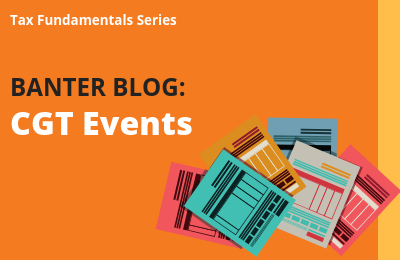
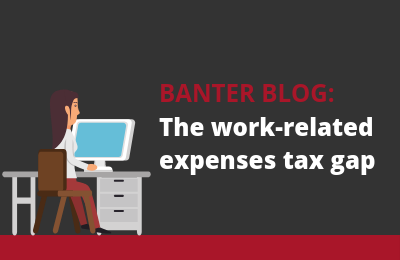
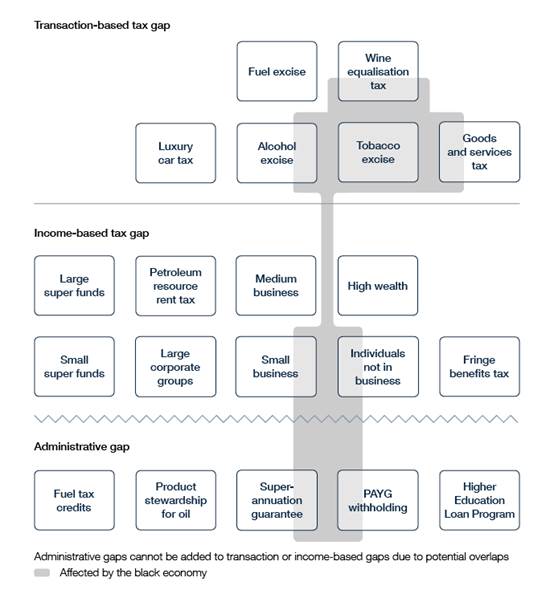
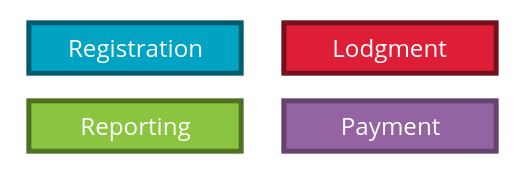
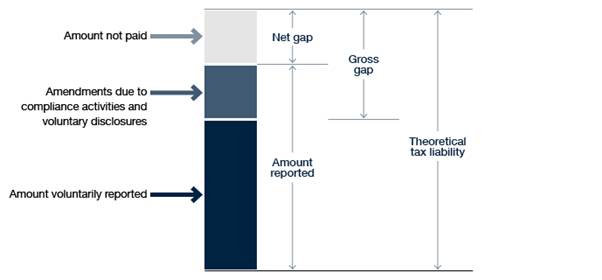
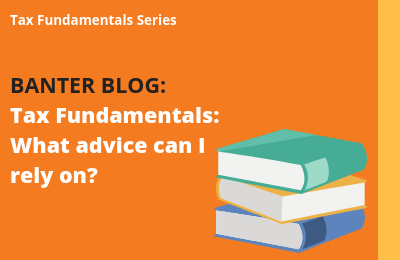
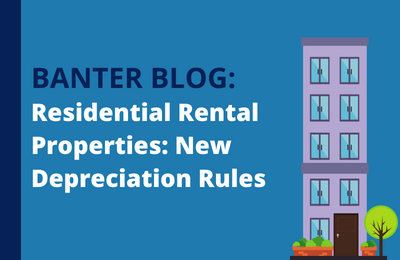
 Implications
Implications Important
Important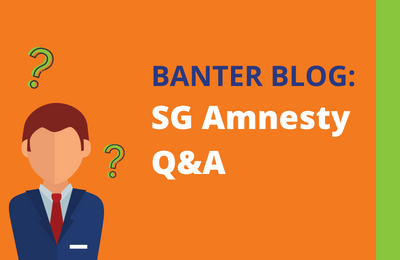
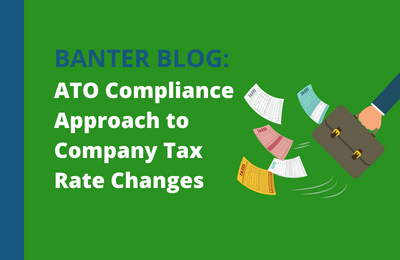
 Critical Point
Critical Point